A miracle even Genghis Khan could not destroy: the untold story behind an exhibit featured in Uzbekistan’s megaproject
Dr. Abdumannop Ziyaev, Doctor of Architecture and Professor, described the historical architectural monument featured in the exhibition of the Center for Islamic Civilization in Uzbekistan as “a masterpiece of early Renaissance architecture that has endured through the centuries.”
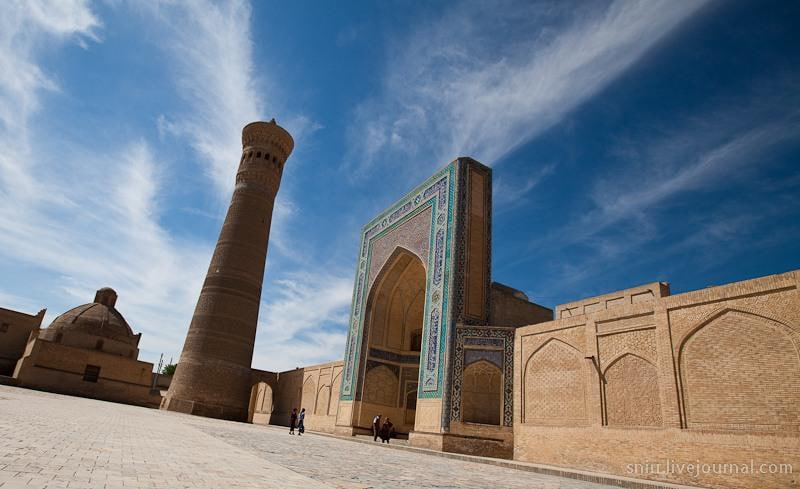
Standing tall in the heart of historic Bukhara, the Kalon Minaret remains one of the most remarkable miracles of Islamic architecture preserved over the ages. Its timeless grandeur and delicate ornamentation have long become symbols of the city itself. Built in the 12th century, this minaret is not only one of Bukhara’s most iconic landmarks but also one of the brightest architectural monuments of Islamic civilization across Central Asia.
Today, among more than 80 historical models being developed for the Center for Islamic Civilization, the model of the Kalon Minaret holds special significance. Created using modern technologies based on archaeological data and precise architectural measurements, this model is expected to become the focal point of the “First Renaissance” gallery at the Center’s Museum.

Dr. Ziyaev describes the structure as “a sample of early Renaissance architecture that has survived through the ages,” explaining:
“The Kalon Minaret was built in 1127 during the reign of the Qarakhanid dynasty, by order of ruler Muhammad Arslankhan. This monument has survived almost completely in its original form, making it a unique architectural treasure.”
According to him, the minaret represents not only architectural mastery but also a profound part of the nation’s spiritual memory:
“This minaret was not merely a structure for the call to prayer; it served as the spiritual center of the city a symbol of creativity and faith,” he adds.
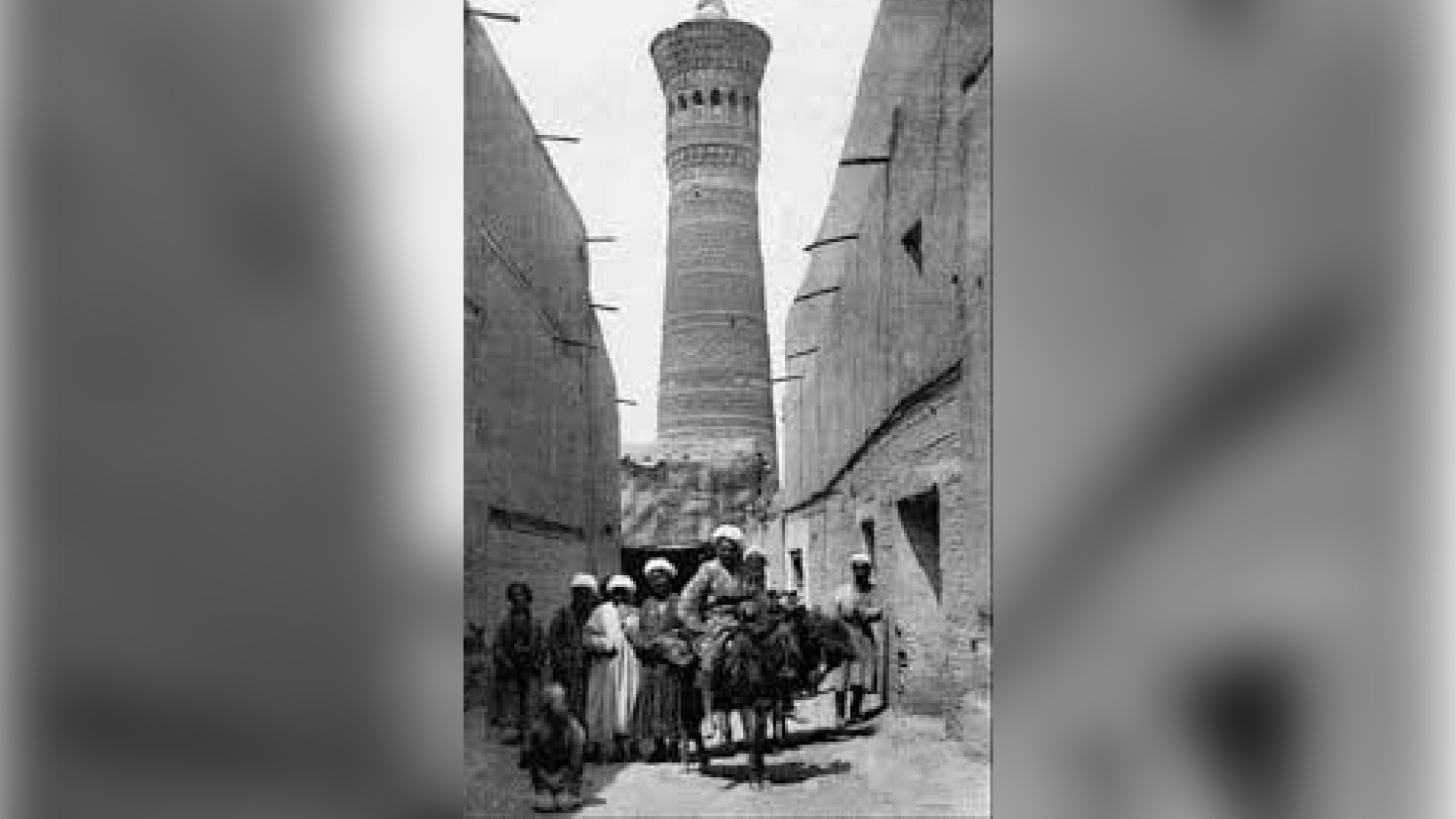
Why “Kalon”?
The word “Kalon” comes from Arabic and means “great”. The name was no coincidence: built in the 12th century, the minaret was the tallest structure in Bukhara, designed so that the call to prayer could be heard throughout the city. Over time, it became not only a religious landmark but also a beacon for travelers a guiding sign for caravans approaching the city from afar.
Historical chronicles note that when Genghis Khan invaded Bukhara in the 13th century, most of the city’s buildings were destroyed but the Kalon Minaret survived. For this reason, it is often referred to as “the miracle that endured through the centuries.”
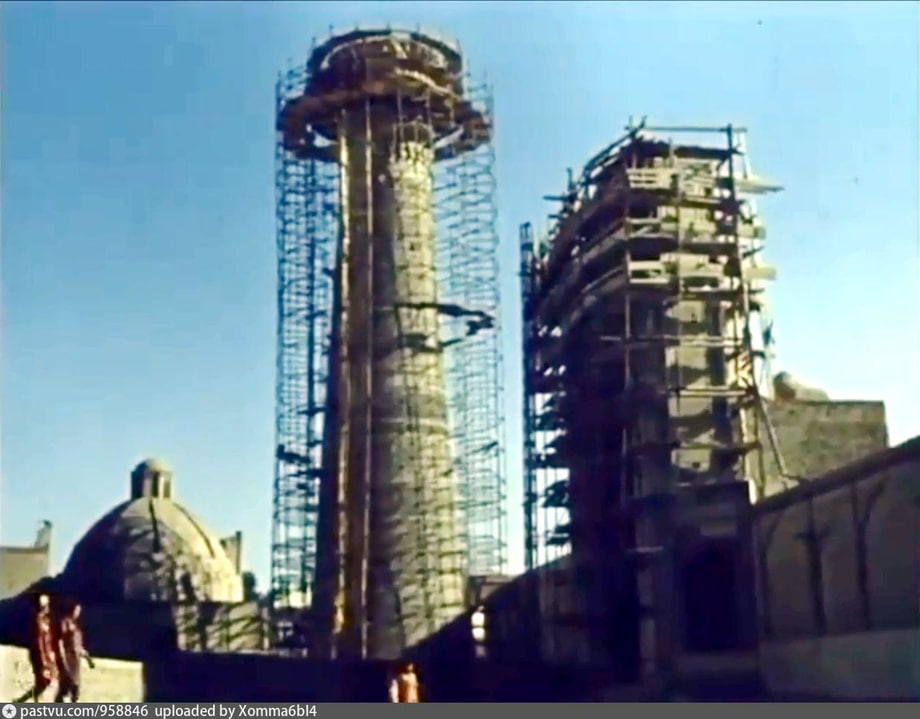
Restoration and Structure
In the 20th century, the minaret underwent several restorations: its foundation was reinforced in 1924 and 1960, and it was fully restored in 1997 on the occasion of Bukhara’s 2,500th anniversary.
The structure stands approximately 46 meters high with a base diameter of 9–9.7 meters. Built of baked brick, it tapers upward in the form of a slender cylinder. Its walls are adorned with intricate brick ornamentation and geometric motifs, each layer crafted with the precision of a calligrapher’s pen. The rotunda with 16 arched openings and the muqarnas crown at the top represent the culmination of its aesthetic and engineering harmony.
“The Kalon Minaret is a creation where construction technology and Islamic aesthetics unite in perfect balance,” notes Ziyaev.
Symbol of Bukhara’s Spirit
Today, the Kalon Minaret is not only a symbol of Bukhara but also of Uzbekistan’s cultural heritage as a whole. Its model, displayed at the Center for Islamic Civilization, embodies one of the architectural masterpieces of the First Renaissance period.
“The Kalon Minaret is a symbol that expresses the soul of the people,” concludes Professor Ziyaev. “Looking at it, one can feel the breath of Bukhara the scientific and spiritual light of Islamic civilization”.
Most read
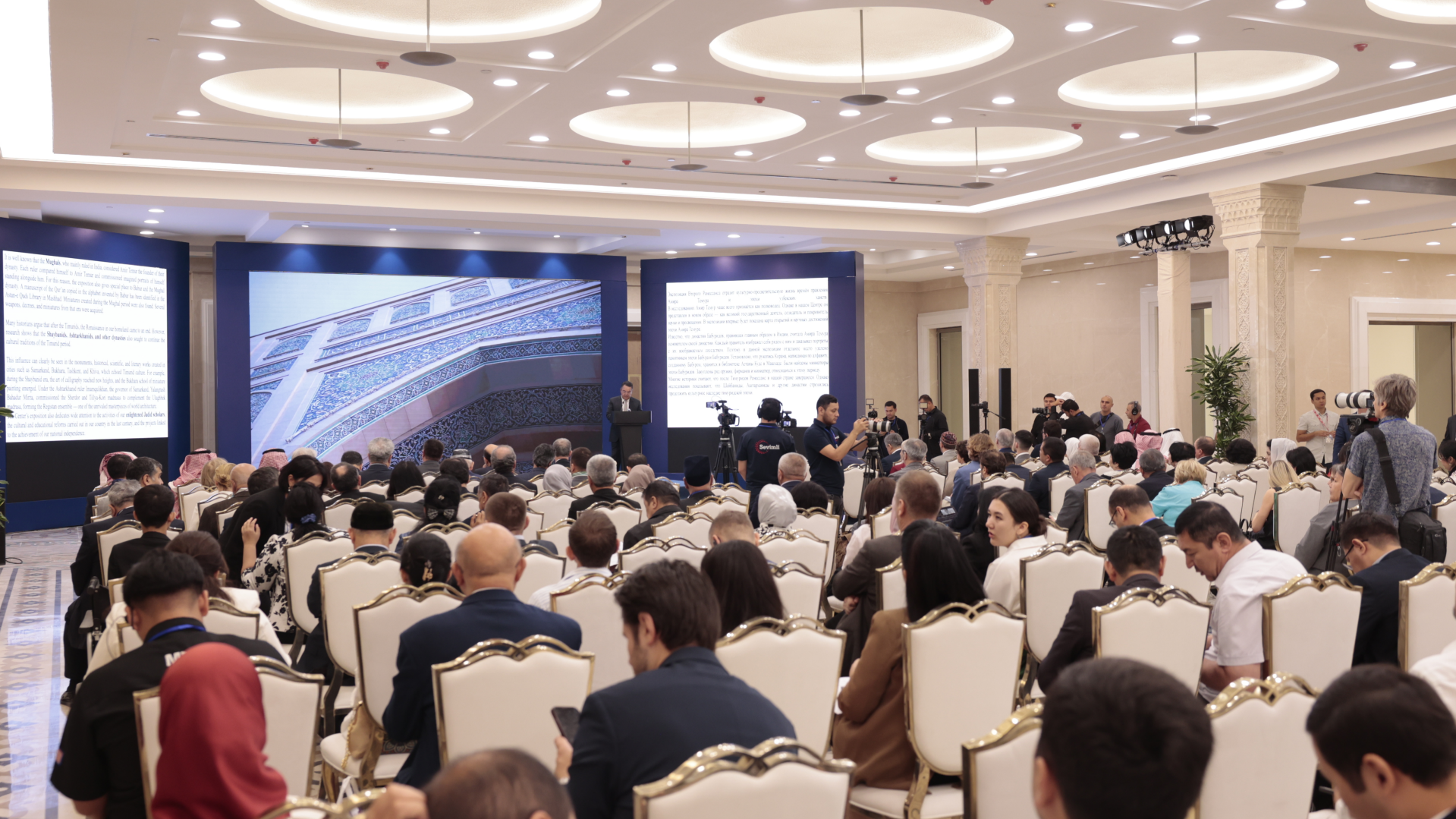
Over 100 experts from more than 20 countries of the world are in Tashkent!
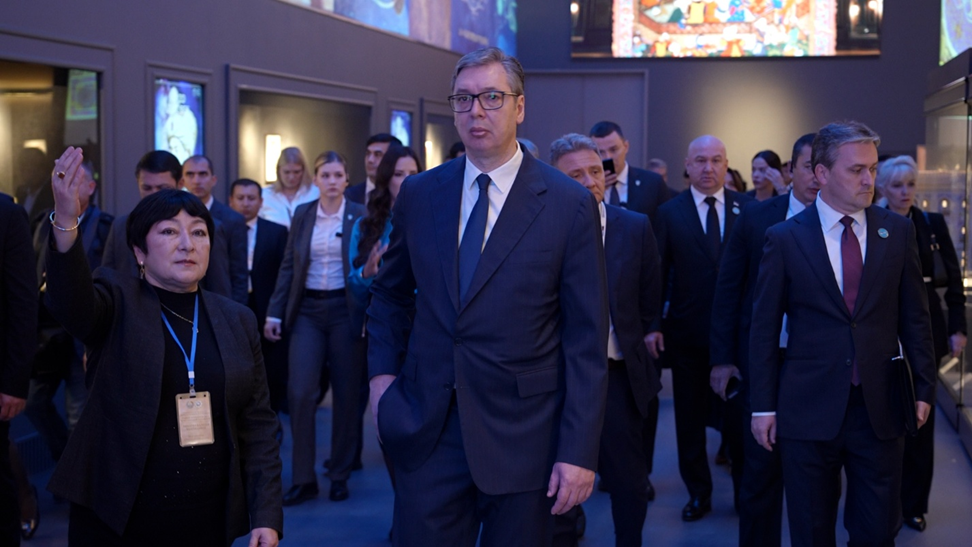
President of Serbia Aleksandar Vučić visited the Islamic Civilization Center in Uzbekistan

The Center for Islamic Civilization – a global platform leading towards enlightenment











